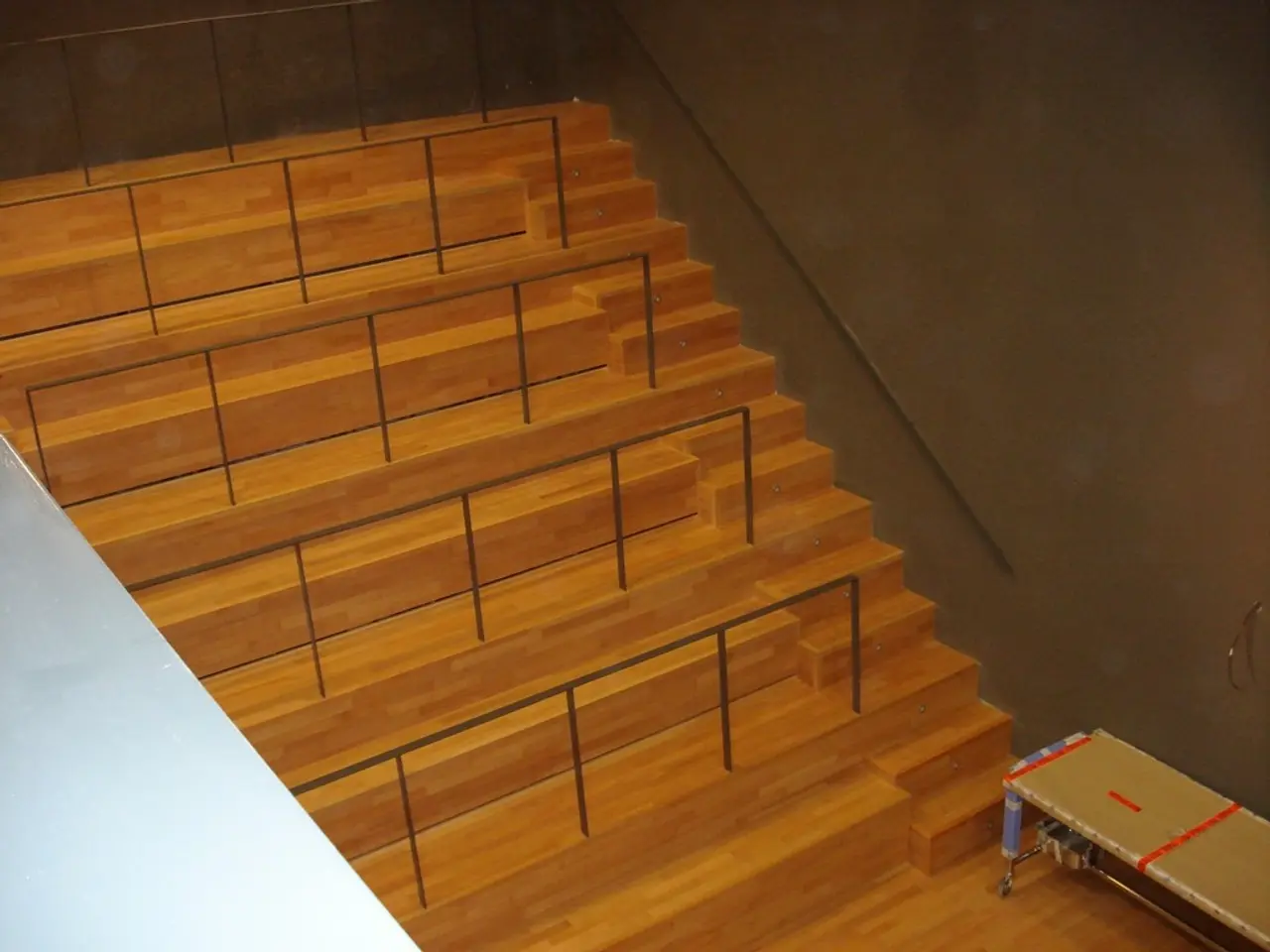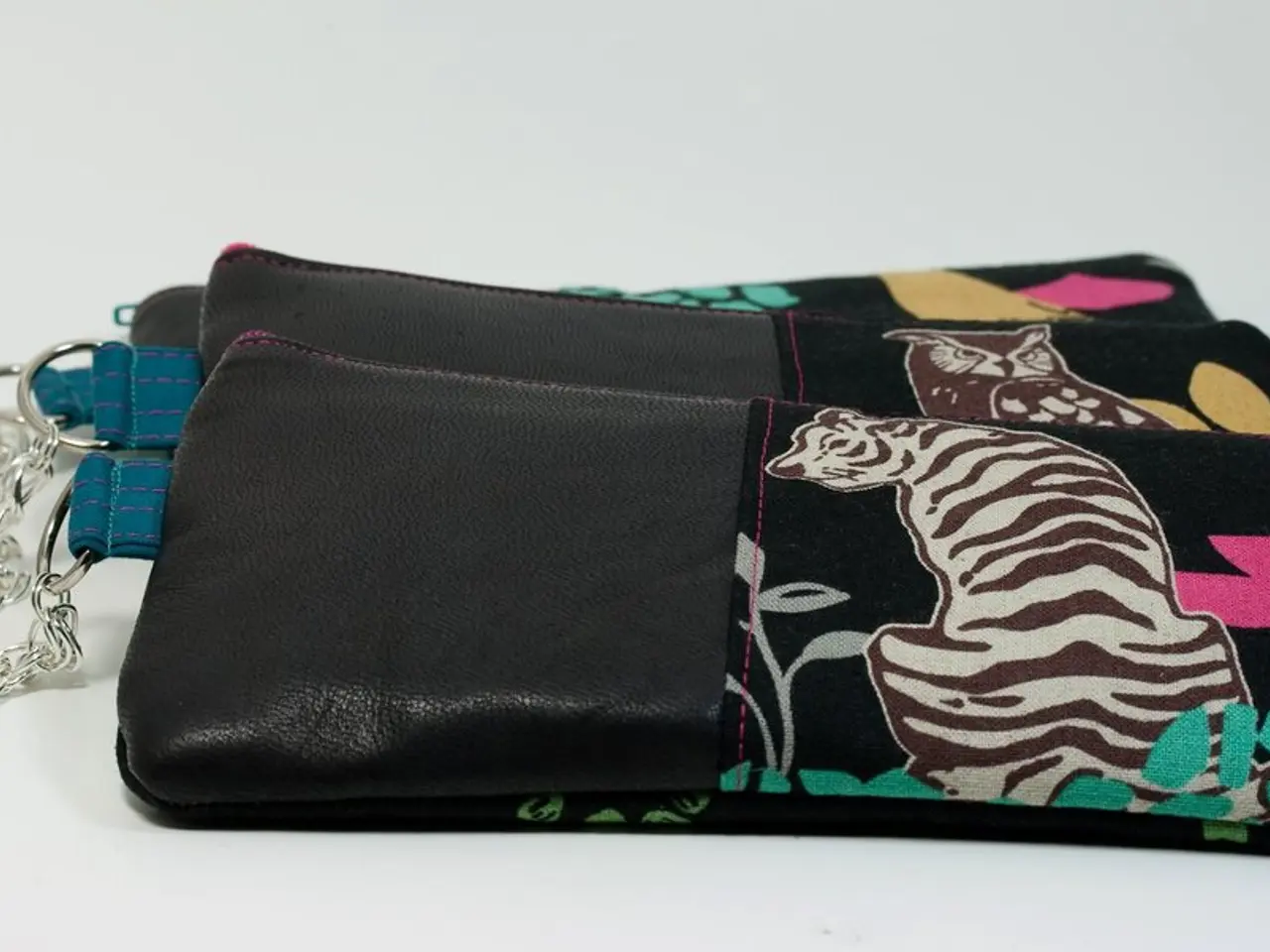Creating a Custom Geometry Dash Level: A Step-by-Step Guide
Creating custom levels in Geometry Dash, the popular rhythm-based action platformer, can be an exciting and rewarding experience. This step-by-step guide, primarily based on expert tips and popular tutorials, will help you get started on your level-making journey.
---
### Step 1: Access the Level Editor
Open Geometry Dash and navigate to the "Create" or "Level Editor" menu. Select "Create New Level" to start a fresh stage.
### Step 2: Familiarize Yourself with the Editor Interface
The editor is divided into layers and grids where you can place various objects like blocks, spikes, portals, and decorative elements. Use the layers to organize your objects, which is helpful for complex designs. A useful tip is to deselect all objects to easily select and edit specific parts of your level without clutter.
### Step 3: Start Designing Your Level Layout
Begin placing basic blocks and obstacles to define the path for the player. Use simple blocks and spikes initially to get the flow of your level. You can quickly find objects like spikes by searching within the editor or using a selection shortcut to jump to their location.
### Step 4: Add Gameplay Elements
Include jump pads, portals (like gravity flips and speed changes), and other gameplay mechanics to make your level interesting. Experiment with these to see how they affect player motion and interaction.
### Step 5: Customize Visuals and Theme
Add background elements, colorize blocks, and create atmospheres (e.g., ocean scenes, cave settings). Some tutorials show how to create thematic environments such as oceans by placing specific background objects and particles.
### Step 6: Test and Refine Your Level
Frequently test your level using the playtesting button in the editor. Check for difficulty spikes, smooth progression, and any unintended traps. Adjust object placement, timings, and difficulty based on testing feedback.
### Step 7: Save and Publish
When you’re satisfied, save your level. You can upload it to the Geometry Dash community for others to play.
---
### Additional Tips:
- Planning the difficulty curve helps ensure your level is fun and fair. - Watch tutorial playlists for detailed creation processes and advanced tips, such as secret editor shortcuts or efficient object selection methods. - Use online guides or TikTok tutorials for creative inspiration and step-by-step visual aids.
While this guide does not contain screenshots, many content creators on YouTube and TikTok provide full video tutorials with visual demonstrations of each step mentioned, which could serve as excellent companions for beginners. Following these videos alongside practicing in the editor will greatly enhance your skills in making custom Geometry Dash levels.
Hannah Dillon, a Technology Writer and Editor at the website, authored this article. She has a passion for writing and technology and graduated with a B.A. in Journalism from North Dakota State University in 2013. Hannah has worked in the video game industry and a few newspapers.
Creating a Geometry Dash level requires skill, creativity, and time. Select the Build tab to start placing objects in your level. Change an object's color by selecting it and clicking "Edit Object". The article has been fact-checked to ensure the accuracy of any cited facts.
To create a custom Geometry Dash level, open the level editor and click "Create". Click the gear button in the top-right corner to access level settings, where you can pick your level's speed, colors, music, and more. Give your level a name and description, but they can be changed later.
Use the arrow buttons in the top left corner to undo and redo recent actions, and drag the slider at the top of the window to scroll through your level. In the editor, use the tabs in the lower section of the screen to add, adjust, and manipulate objects in your level.
To share your level, verify it by beating it from start to finish, then click the share button and select how many Stars or Moons you want to request. Geometry Dash is a video game with its own levels and a community of creators who make additional levels.
- One valuable tip for creating a captivating custom Geometry Dash level is incorporating diverse technology gadgets such as jump pads, portals, and various gameplay mechanics in your design.
- To make the most of your time spent in the level editor, follow tutorials and learn useful technology shortcuts, such as editor selection shortcuts or time-saving tricks for object manipulation, to enhance your level-making efficiency.




